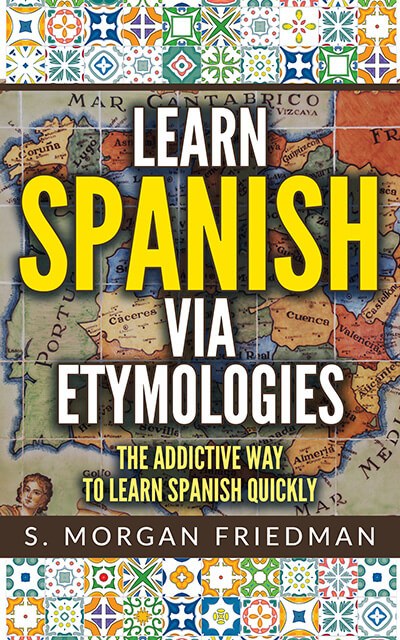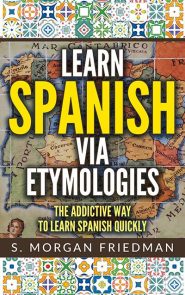Today’s link is another gem: despite sounding completely different, “hundred” and ciento are actually the same word. Here’s how.
The ancient Proto-Indo-European root *kmtom meant a hundred. As PIE evolved into Latin, the word stayed basically the same phonetically, turning into centum, and stayed the same (but with a soft-c pronunciation) into the Spanish, ciento.
But as PIE evolved into German, the k-/c- sounds evolved into h- sounds. Think about heart/corazon and hemp/cannabis, for example. 100 followed the same pattern, with the initial k-/c- sound turning into the h-.
Thus, the c-n-t of ciento maps exactly to the h-n-d of hundred. The t/d were interchanged but that’s a very common, similar, and more obvious pattern.

